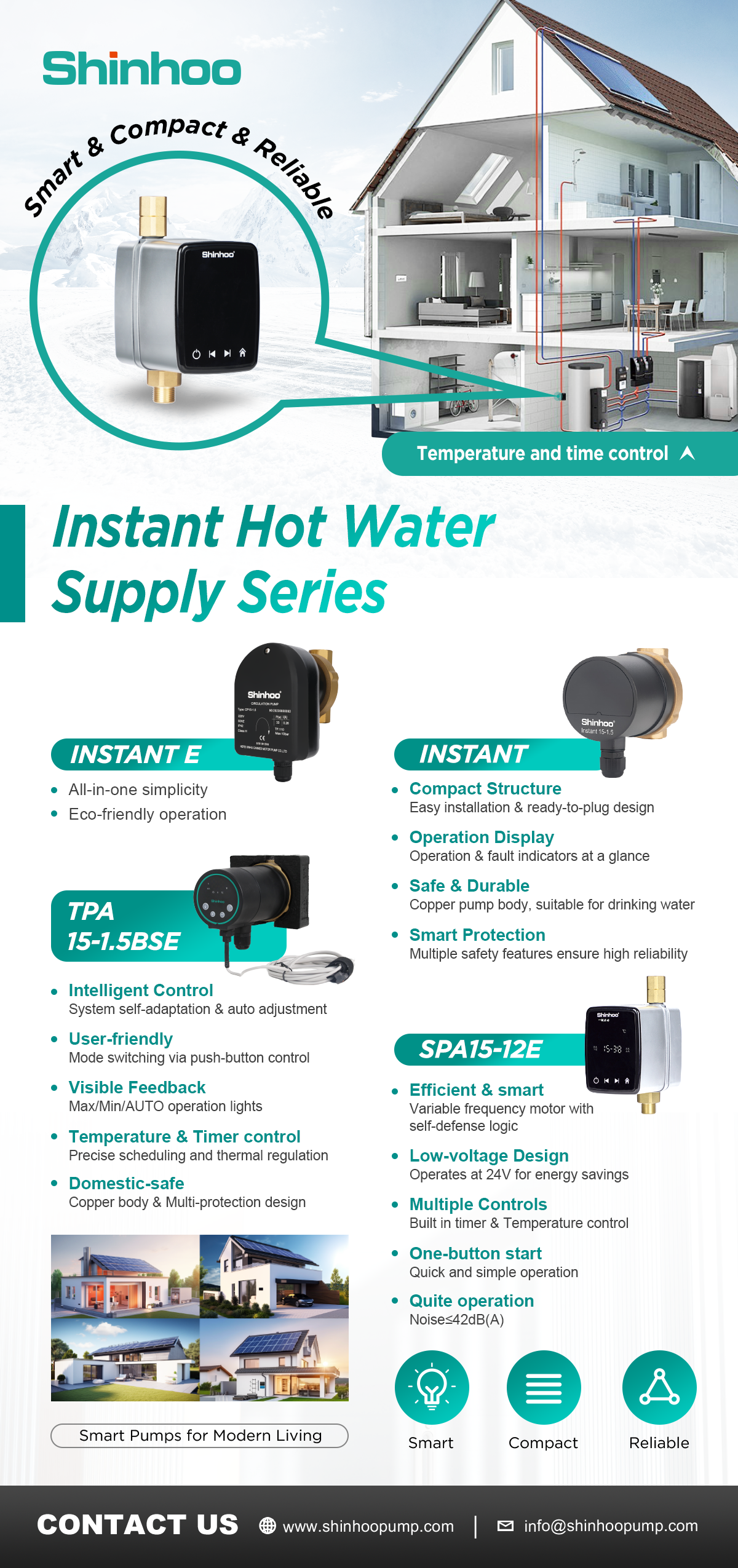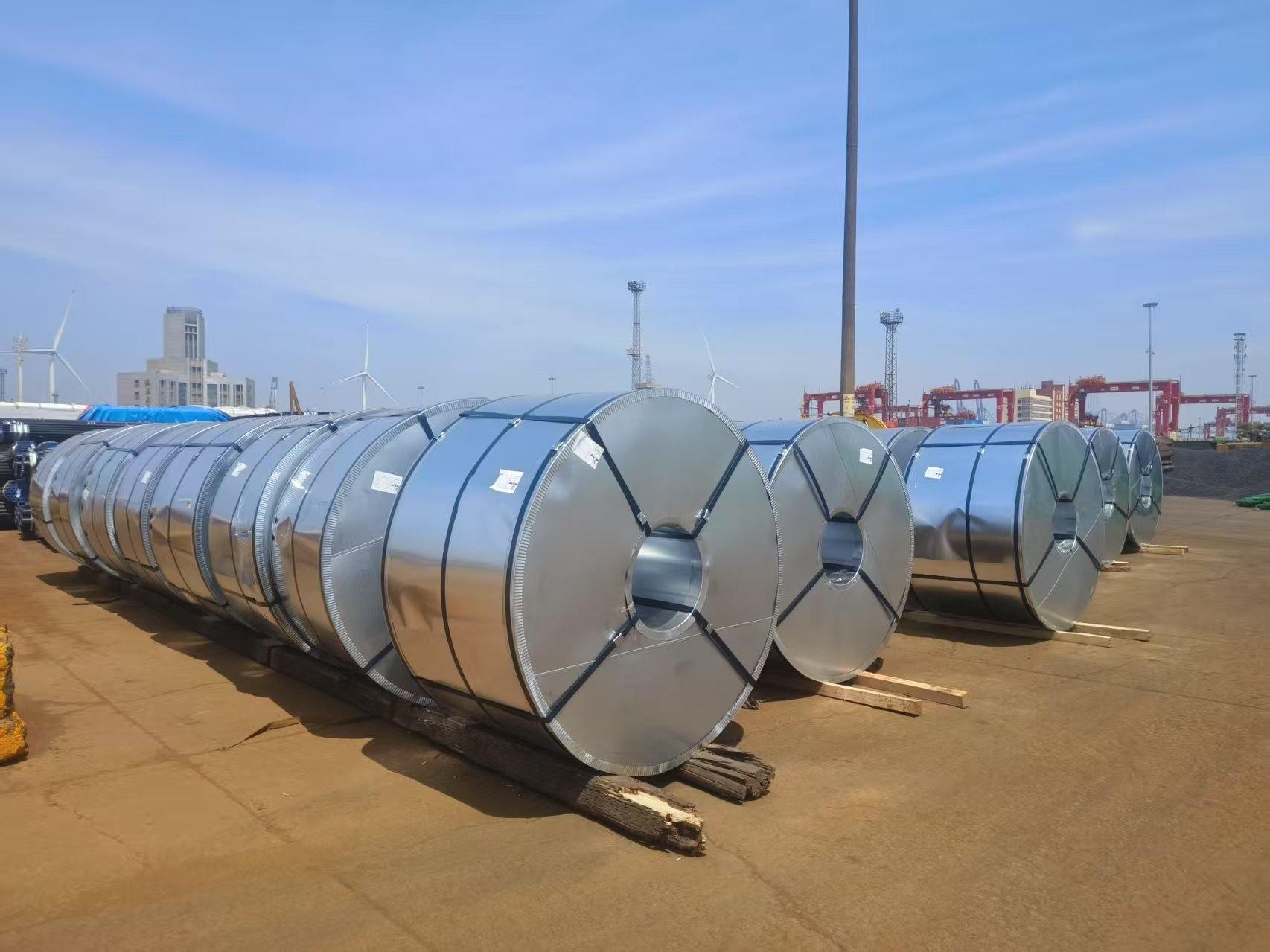Say Goodbye to Waiting for Hot Water – Discover the Shinhoo Instant Series
Have you ever turned on the tap and waited—sometimes for what feels like forever—before hot water finally arrives? Whether you're getting ready for a shower on a cold morning or washing dishes after dinner, that delay is more than just inconvenient. It’s wasted time, water, and energy.
That’s where the Shinhoo Instant Hot Water Supply Series comes in—a smart, efficient solution designed to solve one of the most common household pain points.
Why Hot Water Circulation Pumps Matter
In many homes, hot water takes too long to reach the tap, especially in larger houses or those with long pipe runs. This leads to water wastage and frustration. A hot water circulation pump keeps hot water moving through the pipes so it’s ready when you need it—no waiting, no waste.
Meet the Instant Series by Shinhoo
Shinhoo, a trusted name in the pump industry, offers a range of smart and compact circulation pumps tailored to modern homes. The Instant Series combines reliability, quiet operation, and energy-saving technology—all in a sleek, easy-to-install package.
✅ INSTANT
-
Compact & Easy to Install – Ready-to-plug design simplifies setup
-
Safe for Daily Use – Copper pump body, suitable for drinking water
-
Smart Indicators – Clear display of status and potential faults
-
Built-in Protections – Multiple safety features for dependable operation
✅ INSTANT E
-
Eco-Conscious Design – Efficient performance with lower energy use
-
All-in-One Convenience – Ideal for smaller spaces or integrated systems
✅ TPA 15-1.5BSE
-
Intelligent Operation – Adjusts automatically to system needs
-
Simple Control – One-touch mode switching
-
Precision Features – Includes timer and temperature regulation
-
Built for Homes – Durable copper body and multi-layered safety
✅ SPA15-12E
-
Quiet and Efficient – Variable speed motor with noise level ≤42dB(A)
-
Low Voltage (24V) – Safer and more energy-efficient
-
User-Friendly – Built-in timer, temperature control, and one-button start
Everyday Comfort, Made Smarter
Whether you’re renovating your home, upgrading an old pump, or simply tired of wasting water, the Shinhoo Instant Series offers a practical and long-term solution. Enjoy instant access to hot water when and where you need it—without complicated installation or high energy costs.
Why Shinhoo?
With decades of experience and a strong reputation in the circulation pump industry, Shinhoo continues to lead with innovation and customer-focused solutions. The Instant Series reflects our commitment to smarter, more sustainable living—right from your kitchen to your bathroom.

